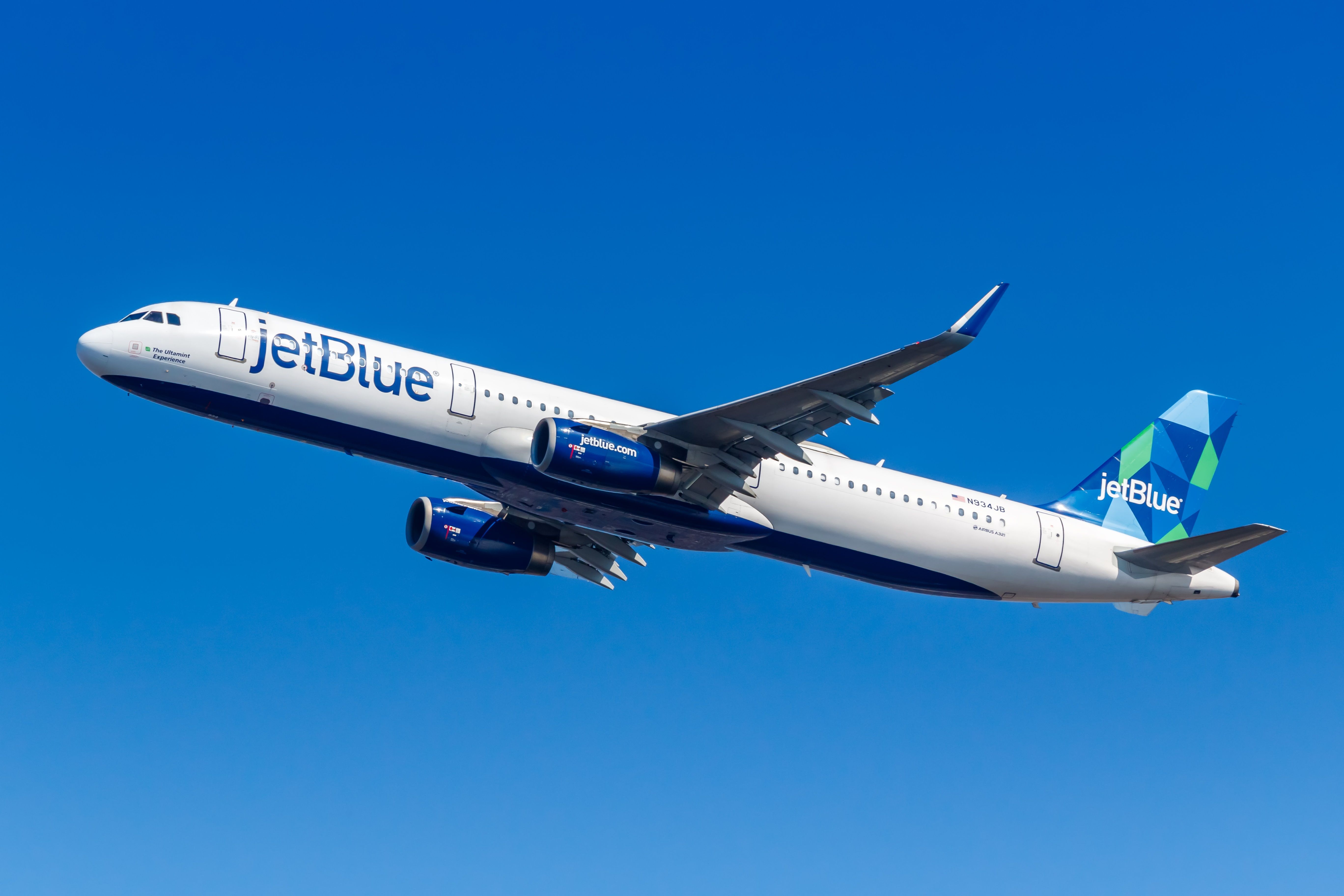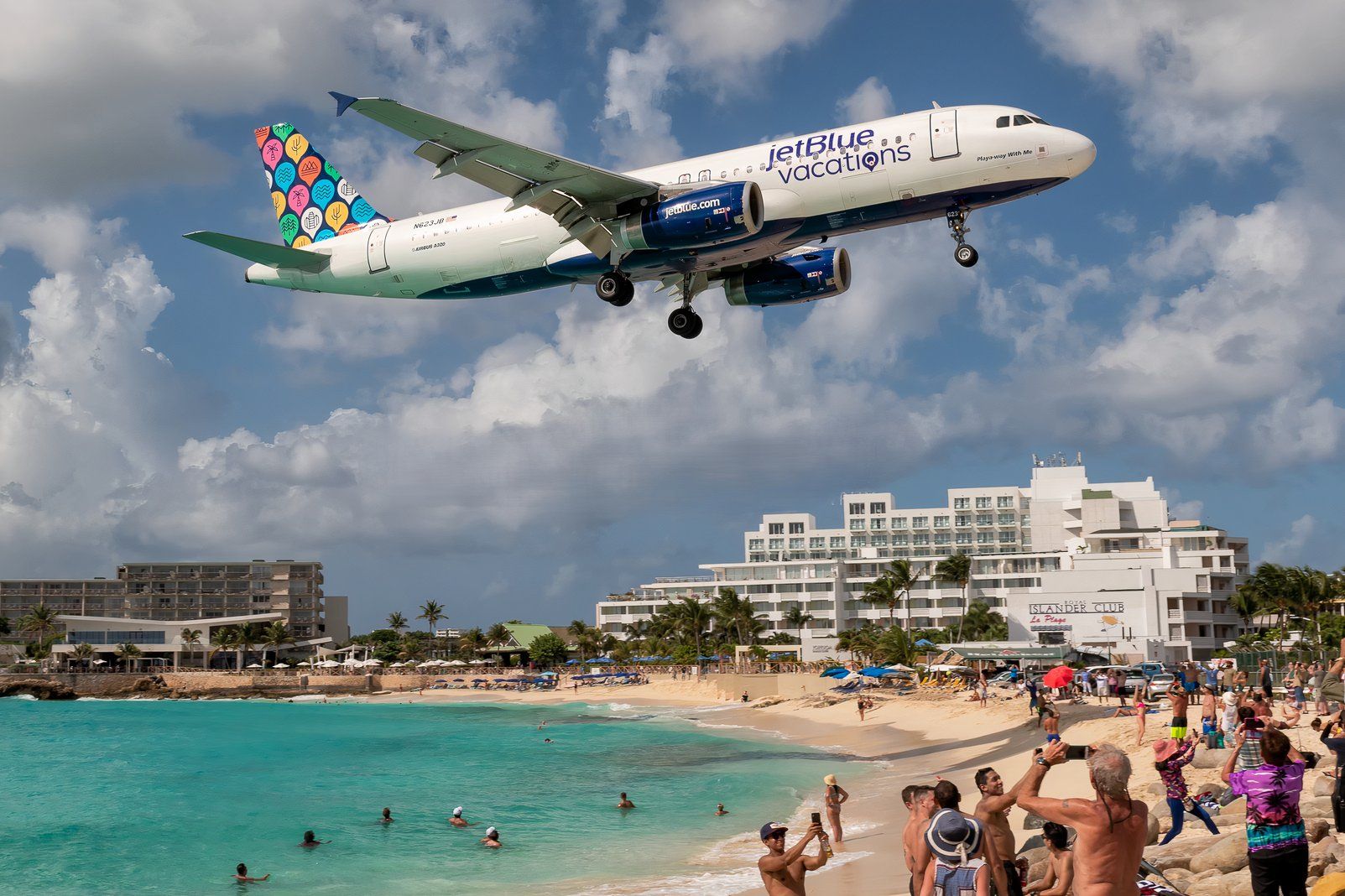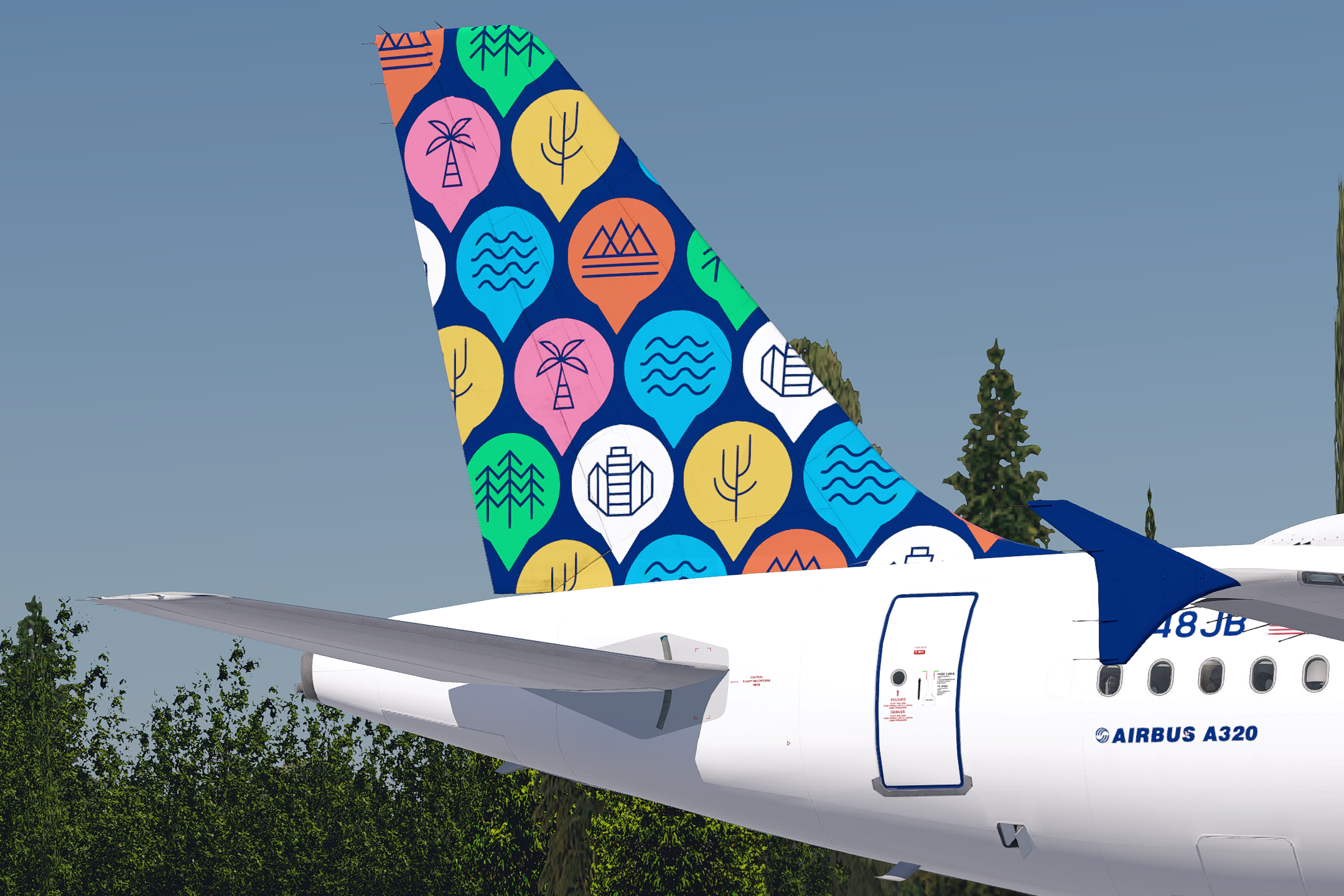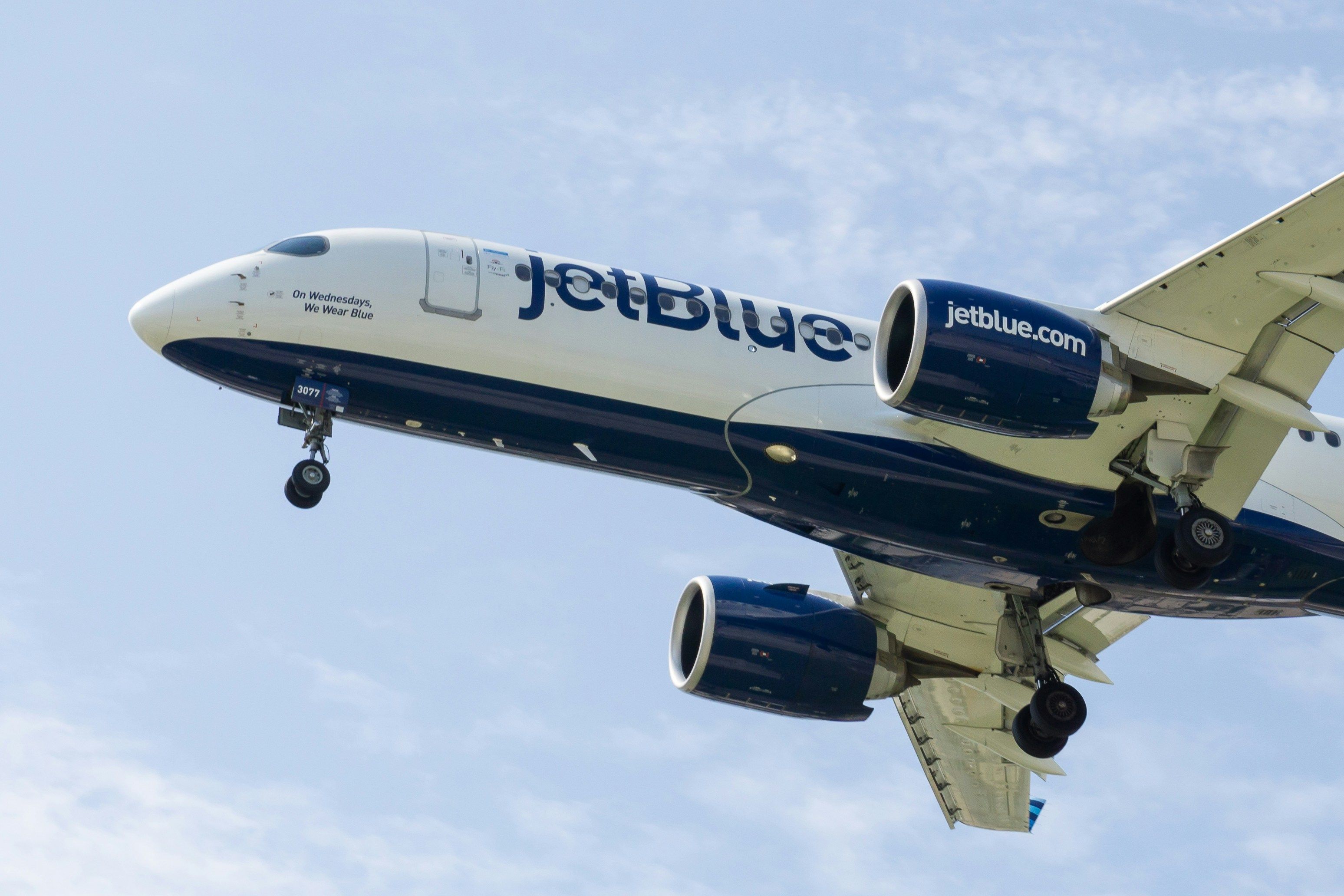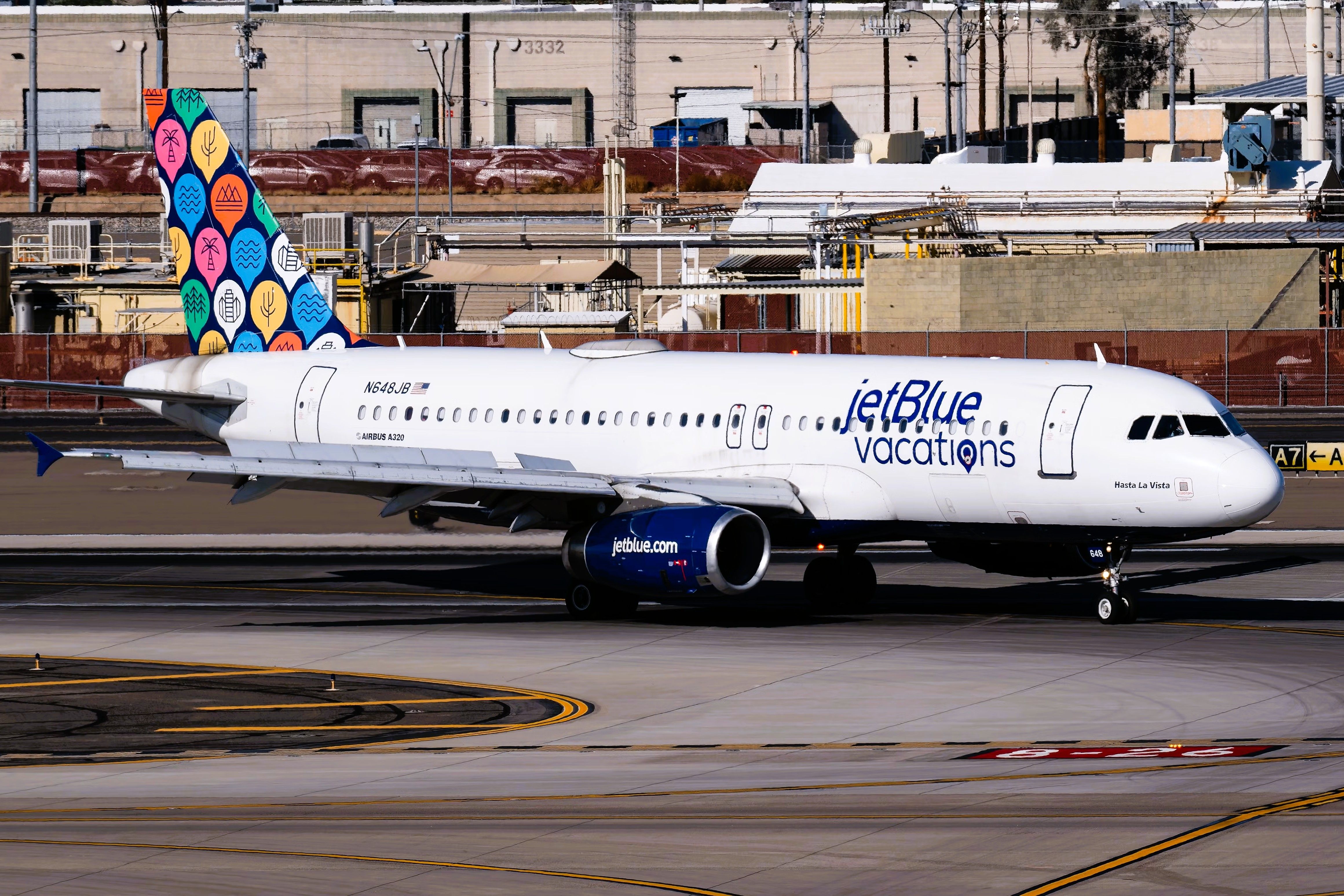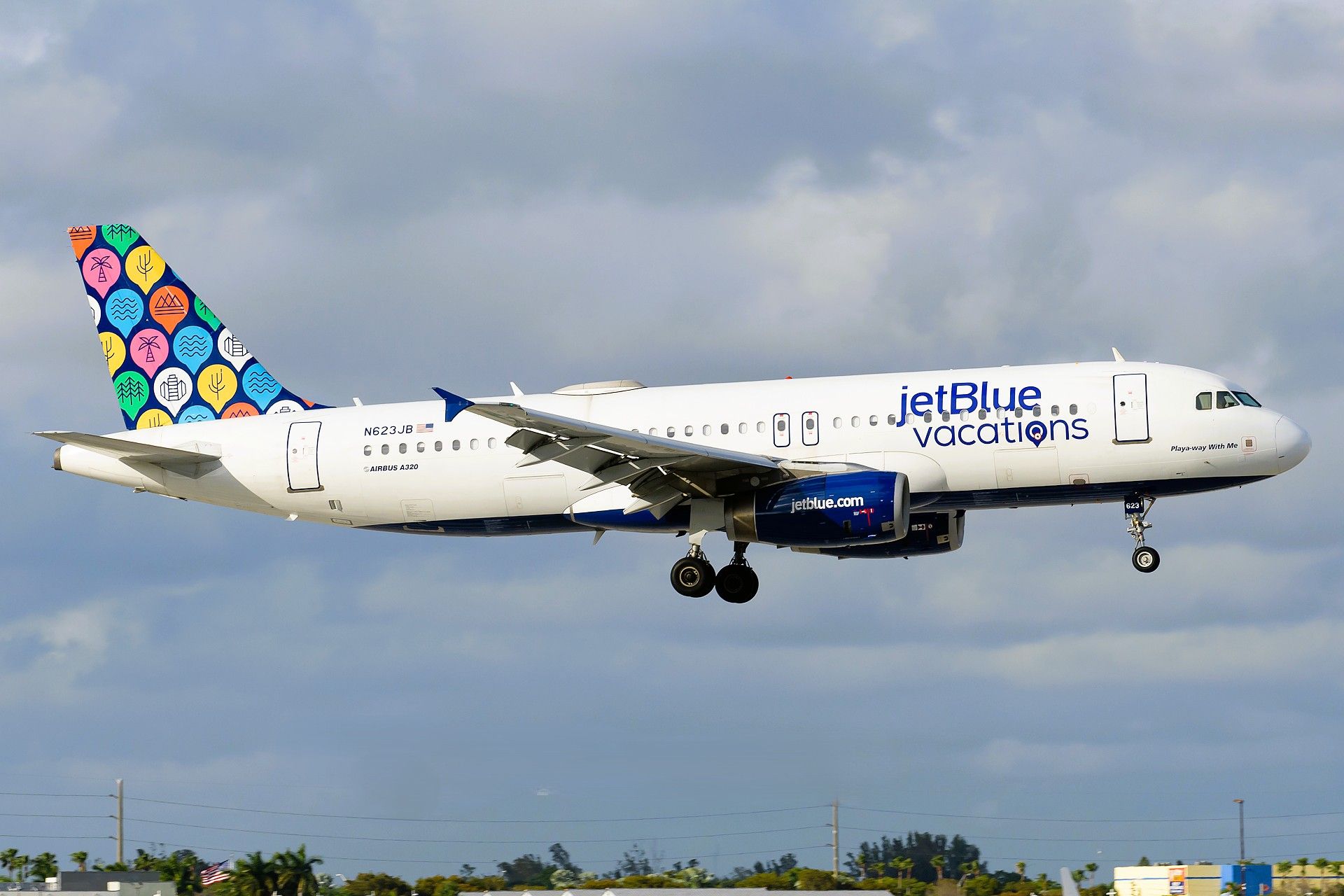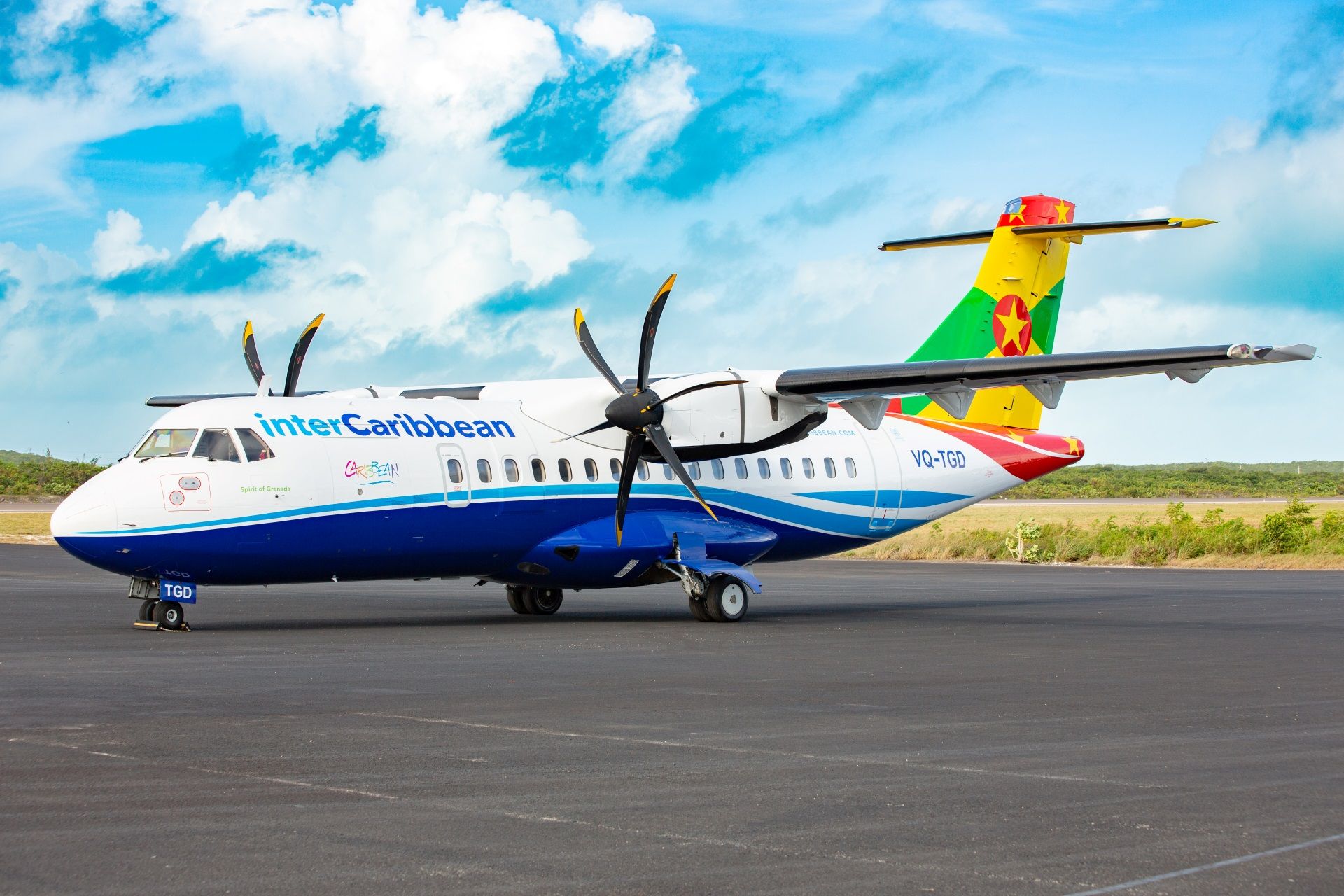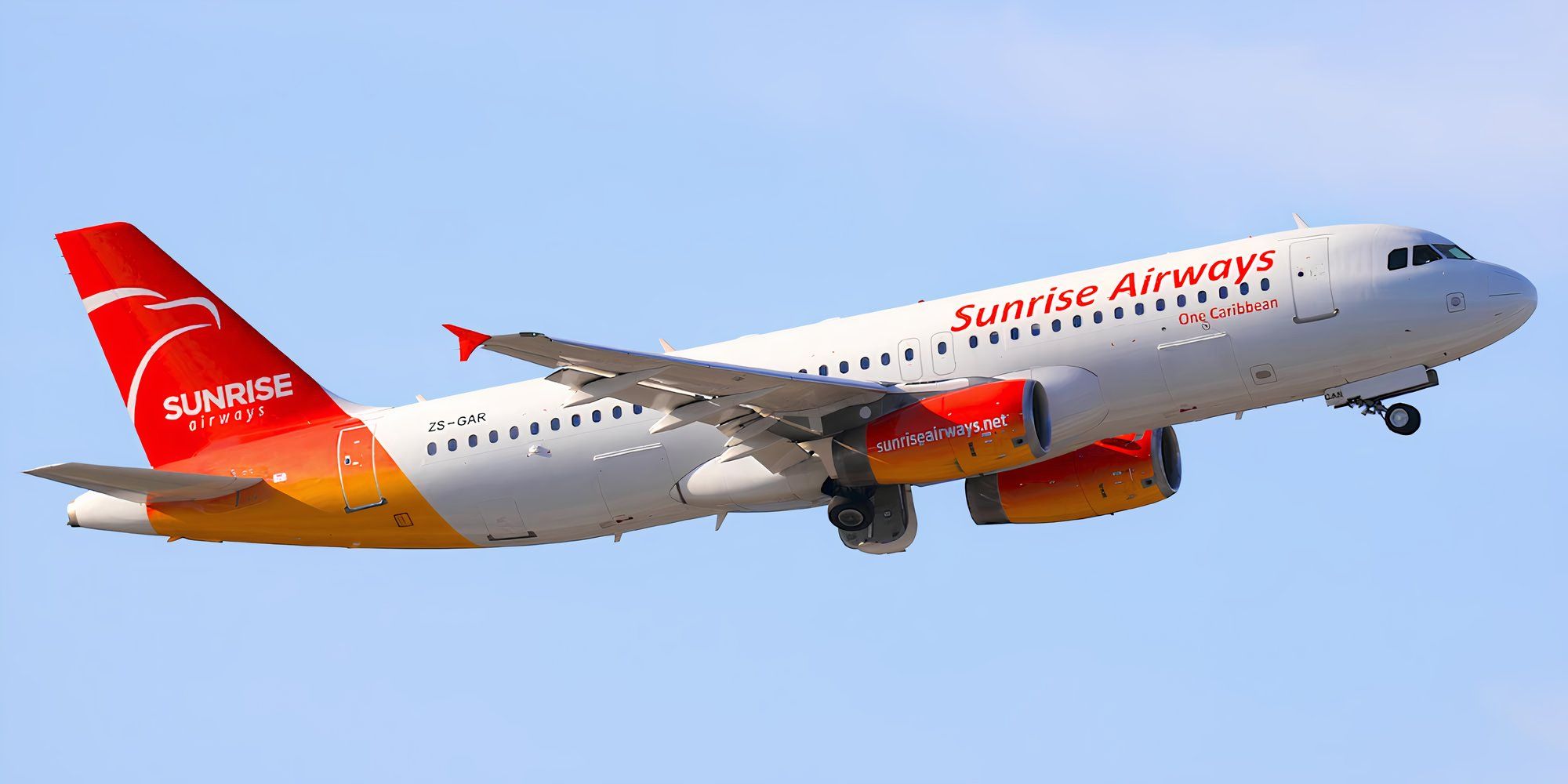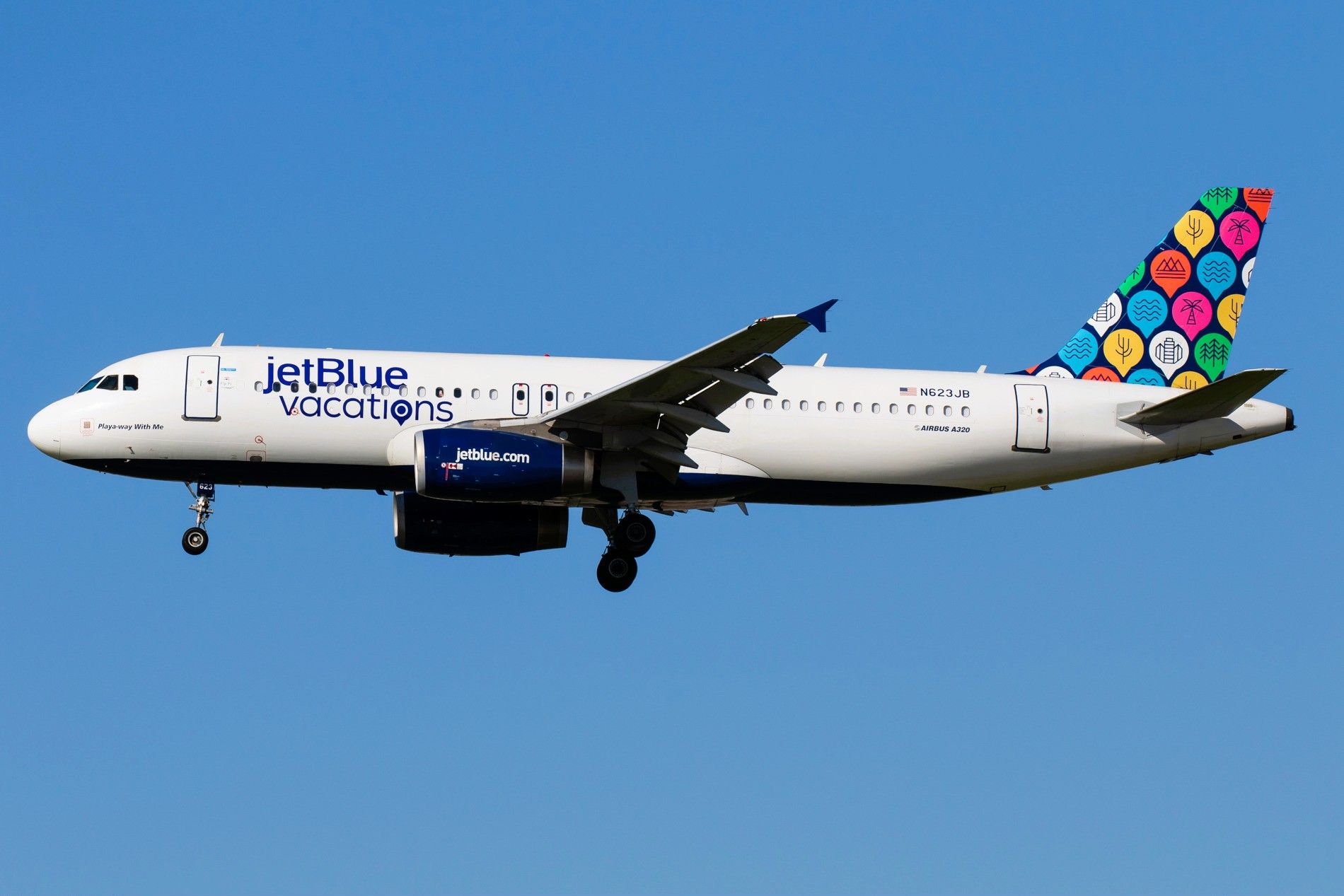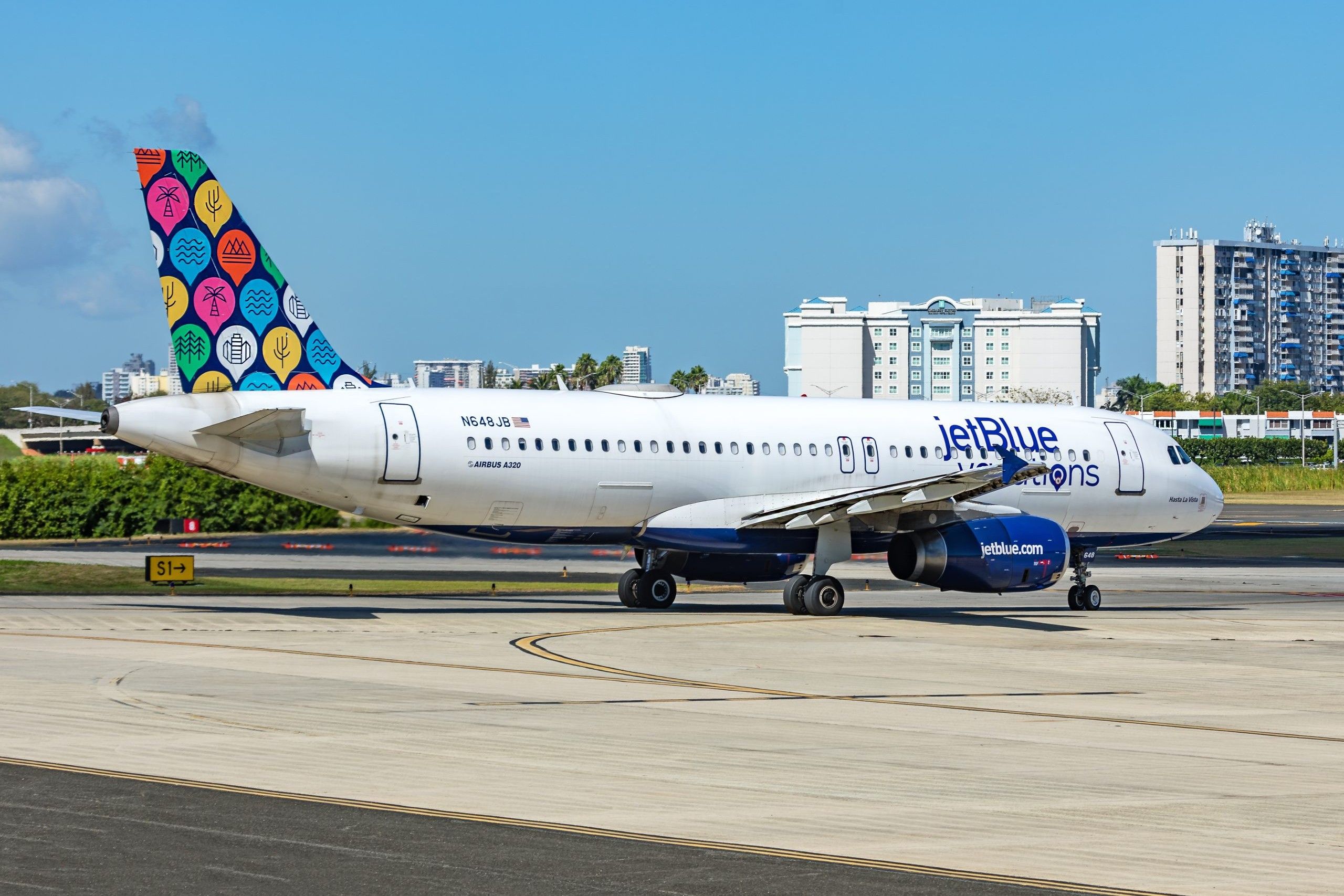
Commercial aviation grabs the headlines whenever there are high-profile accidents, such as the ![]() American Airlines
American Airlines
Flight 5342 or ![]() Delta Air Lines
Delta Air Lines
Flight 4819 incidents earlier this year. Yet every day, relatively minor incidents occur that go largely unnoticed, seemingly impacting airlines and their aircraft at random.
Photo: Markus Mainka I Shutterstock
But every now and again, a particular aircraft might seem to be a magnet for incidents and are labeled as “unlucky”. It happened with an American Airlines Boeing 787 earlier this year, which had multiple diversions and flight cancelations throughout January and February due to hydraulic issues. But the unluckiest US aircraft of all is surely an A320 at JetBlue
, which was a victim of two serious, back-to-back incidents.
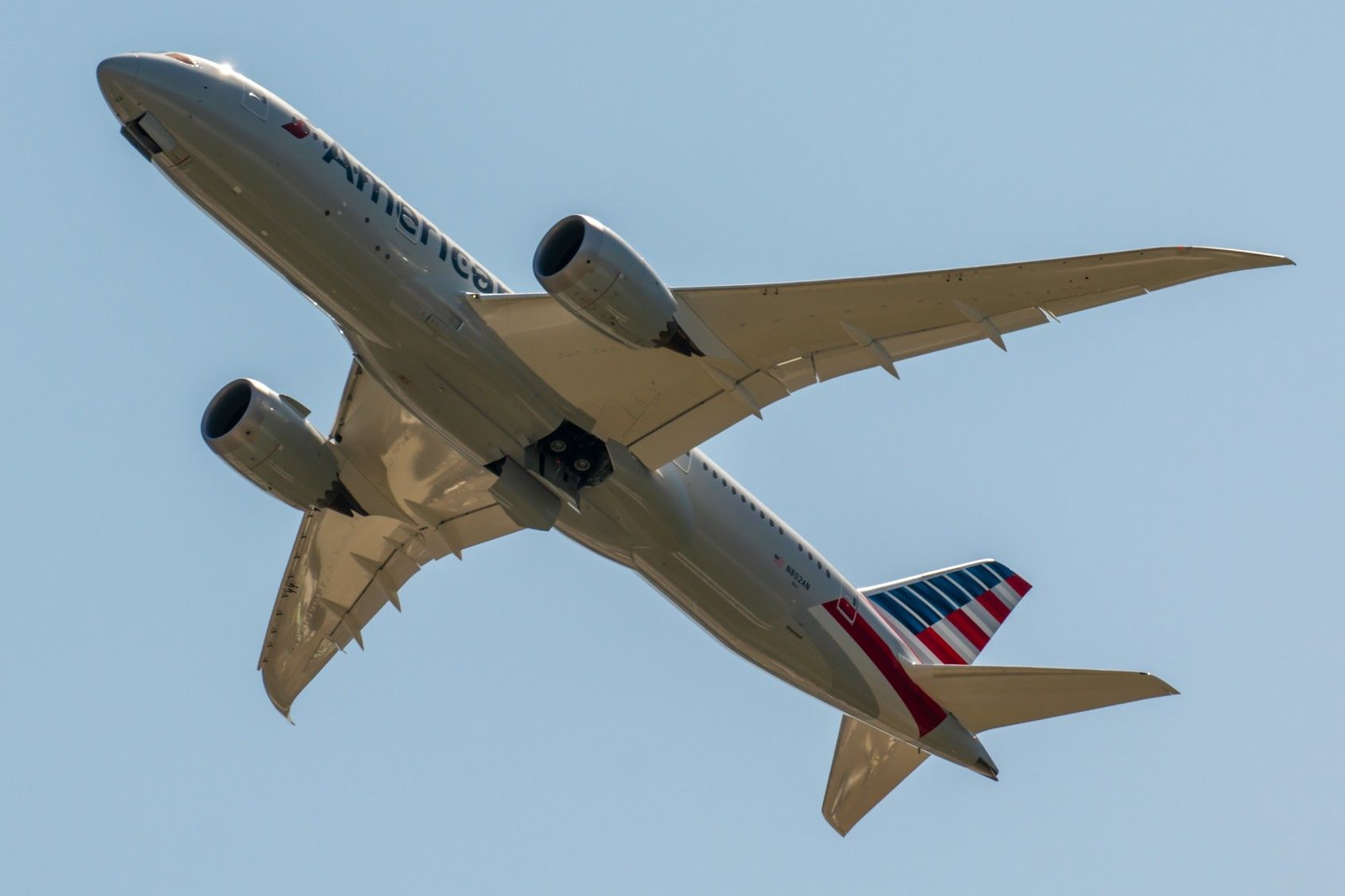
Related
American Airlines’ Unlucky Boeing 787 Dreamliner Hasn’t Flown In 5 Days: What’s Happening?
The aircraft in question has been involved in multiple diversions since the new year.
The JetBlue A320 in question
With 130 A320ceos in its fleet, JetBlue is the fourth-largest operator of the type, behind only easyJet (180), China Eastern Airlines (149), and LATAM (135). With an average age approaching 20 years, these have been the mainstay of the JetBlue fleet since its inception. More recently, the airline has been building up its A220 and A321 fleets and now has nearly 300 total aircraft.
|
The JetBlue Fleet: April 2025 |
|||
|
Aircraft type |
Number in fleet |
Average Age (years) |
Number on order |
|
A220-300 |
45 |
1.7 |
55 |
|
A320-200 |
130 |
19.6 |
– |
|
A321-200 |
63 |
8.8 |
– |
|
A321neo |
37 |
3.3 |
48 |
|
E190 |
16 |
16.2 |
– |
|
Total |
291 |
12.2 |
103 |
Photo: JetBlue
The unlucky A320 is registered N623JB and named “Playa-way With Me”. It was manufactured in July 2005 and delivered to JetBlue a month later, and has given nearly two decades of service since. Configured with the standard Y162 configuration and powered by two IAE V2527 engines, it has also worn multiple liveries over its career. It started life with the classic “Mosaic” tail design, followed by the “Barcode” tail design from 2012, and then repainted into “JetBlue Vacations” special colors in 2018.
Photo: JetBlue
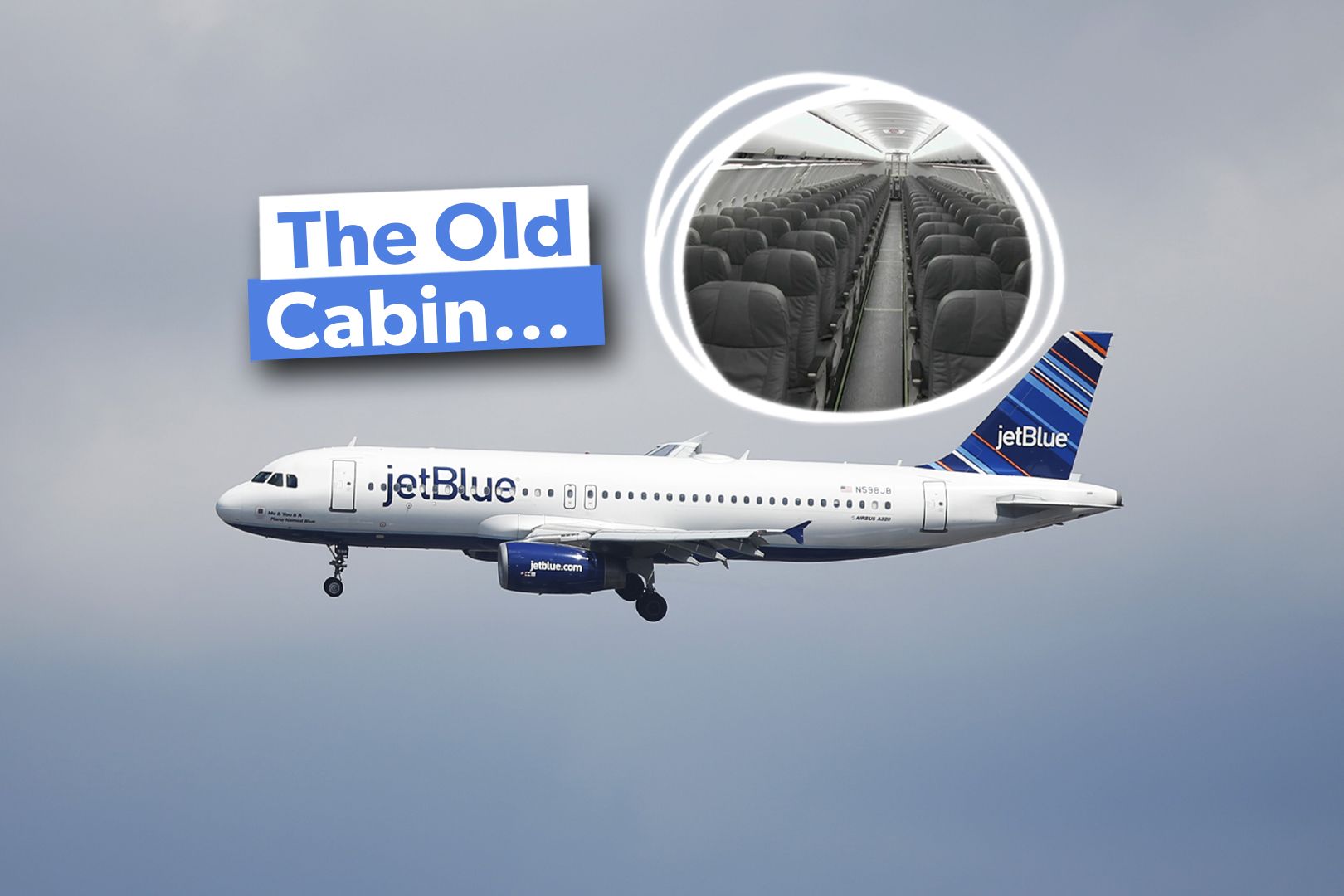
Related
The 11 JetBlue Airbus A320s That Still Have Classic Interiors
JetBlue has brought some of its original A320s out of retirement to provide capacity for delayed and deferred A321 deliveries.
First incident: FOD at ORD
The first incident for N623JB occurred in October last year. While operating Flight 6811 from Boston to Chicago O’Hare, it was struck by a luggage container while taxiing to its gate, damaging one of its engines. The aircraft was taken out of service for repairs, and a new aircraft had to be flown in for passengers on the return flight to Boston, causing severe delays for JetBlue.
Photo: Brandon Karaca | Unsplash
Fortunately, nobody was injured in the incident, but it caused great concern because it happened just days after a similar foreign object debris (FOD) incident with an American Airlines Boeing 787 at the same airport. In that case, the B787 was taxiing to its gate when a vehicle towing cargo containers cut in between it and the aircraft in front, an Air France A350. The jet blast from the A350 blew one of the cargo containers loose, and it was ingested into the B787’s starboard engine, causing significant damage.
Second incident: Shot at PAP
Repairs to N623JB didn’t take long, and it was returned to service before the end of October. But just a couple of weeks later, it was involved in an even more serious incident. While operating Flight 935 from Port-au-Prince in Haiti to New York JFK, the aircraft was struck by a bullet fired at it during takeoff. Nobody was harmed, and the nature of the incident was only realized when flight inspectors at JFK discovered the bullet hole in the fuselage of the aircraft.
Photo: Robin Guess | Shutterstock
The incident occurred on the same day as a Spirit Airlines A320neo flying from Fort Lauderdale to Port-au-Prince was fired upon while attempting to land. That resulted in a flight attendant being injured and the aircraft aborting its landing and rerouting to Santiago in the Dominican Republic. JetBlue issued the following statement immediately after these events:
“On Monday, JetBlue flight 935 from Port-au-Prince, Haiti, landed safely at New York’s JFK Airport. While no issues were initially reported by the operating crew, a post-flight inspection later identified that the aircraft’s exterior had been struck by a bullet. We are actively investigating this incident in collaboration with relevant authorities.”
Flights to Haiti: The bigger picture
Both JetBlue and Spirit Airlines immediately suspended all flights to Haiti. American Airlines, the only other US carrier flying to Haiti, subsequently reported that it had found bullet damage to one of its Boeing 737 MAX 8s, and also suspended all flights to the island nation.
Dealing with a political vacuum
Haiti has been rocked by civil unrest and violence following the fall of its government, with armed gangs filling the power vacuum and taking control of much of the country. This has resulted in numerous incidents at Toussaint Louverture International Airport in the capital, causing the airport to close on multiple occasions.
However, the firing on commercial aircraft was undoubtedly an escalation of the violence, so it was no surprise that despite the airlines themselves suspending flights, the Federal Aviation Administration (FAA) stepped in and placed a 30-day ban on all flights to the island nation. This has subsequently been extended and remains in place today.
Photo: Jim Crowder | Unsplash
The current status of flights to Haiti
In March, the FAA extended the ban on all US flights to Port-au-Prince through September 8, citing “ongoing instability”. This has left the Haitian capital with just two tenuous flight connections: To Santa Domingo with Air Century and to Providenciales with InterCaribbean, although both of these routes have also experienced severe disruption.
Photo: InterCaribbean Airways
The FAA has, however, allowed flights to resume to airports in the north of the country, which has been far less affected by the gang violence. The city of Cap-Haitien now has 9 routes provided by Haitian airline Sunrise Airways, including limited connections to Miami and Fort Lauderdale. For JetBlue, the FAA ban means that it will return to Port-au-Prince in September at the earliest, and it is currently selling daily flights from New York JFK and Fort Lauderdale starting on September 9th. Whether those flights will transpire remains to be seen.
Photo: Sunrise Airways
What happened to the unlucky A320?
As for N623JB, after the discovery of the bullet damage, it was subsequently flown to Birmingham-Shuttlesworth Airport in Alabama for repair. While JetBlue doesn’t have a base there, it is home to multiple aviation service providers, such as Kaiser Aircraft Industries, which operates an FAA-certified Part 145 repair station.
Photo: William Ryker | Unsplash
The aircraft remained in Birmingham from mid-November to the end of January, a long period of time that suggested it was also serviced beyond the fuselage repair. The repair of fuselage damage is not as complicated as you might think, as it occurs quite regularly in commercial aviation as aircraft are damaged by moving objects around them such as vehicles or jet bridges. The actual process involves the following:
- The first step in repairing damage to any aircraft is consulting the structural repair manual (SRM). This is provided by the manufacturer and describes general methods for repairing minor and typical damage to an aircraft’s structure. If the damage is beyond the allowances in the SRM, the manufacturer will be consulted. All of this is to ensure that the repair will meet or exceed the strength and life of the original structure, or if this is not feasible, that the limitations of the repair are documented and understood.
- Assuming the repair is within the allowances of the SRM (as undoubtedly was the case for N623JB), the next step to repairing damage to a fuselage skin panel is to cut out the damaged area. Cracks tend to propagate, so an area much larger than the actual hole will be removed to ensure that all damaged material is removed. The stiffeners that are behind the fasteners will need to be inspected for damage as well.
- A filler plate will be cut to fill the hole in the skin. One or more doubler plates larger than the removed area will then be cut, and all plates will be riveted together. The doublers will possibly be on both sides or at least thicker than the surrounding skin. It is worth noting that aircraft skin will never be welded, as this can cause heat damage to the metal, requires careful skill and care to do properly, and will not hold up well to fatigue.
Photo: JetBlue
The repair will also be logged, and an inspection schedule will be created to ensure the structure is still in good shape and there are no signs of further damage or cracking. The whole process will typically take anywhere from two days to a week to complete and cost up to $15,000. Of course, the cost of lost revenue while the aircraft is out of service is far greater to the airline.
N623JB ultimately returned to service in early February of this year, and at the time of writing is on a routine flight from New York JFK to Punta Cana. Since her return, there have been no further flights to Haiti and no further notable incidents, so let’s hope that the aircraft’s unlucky streak is behind it.


